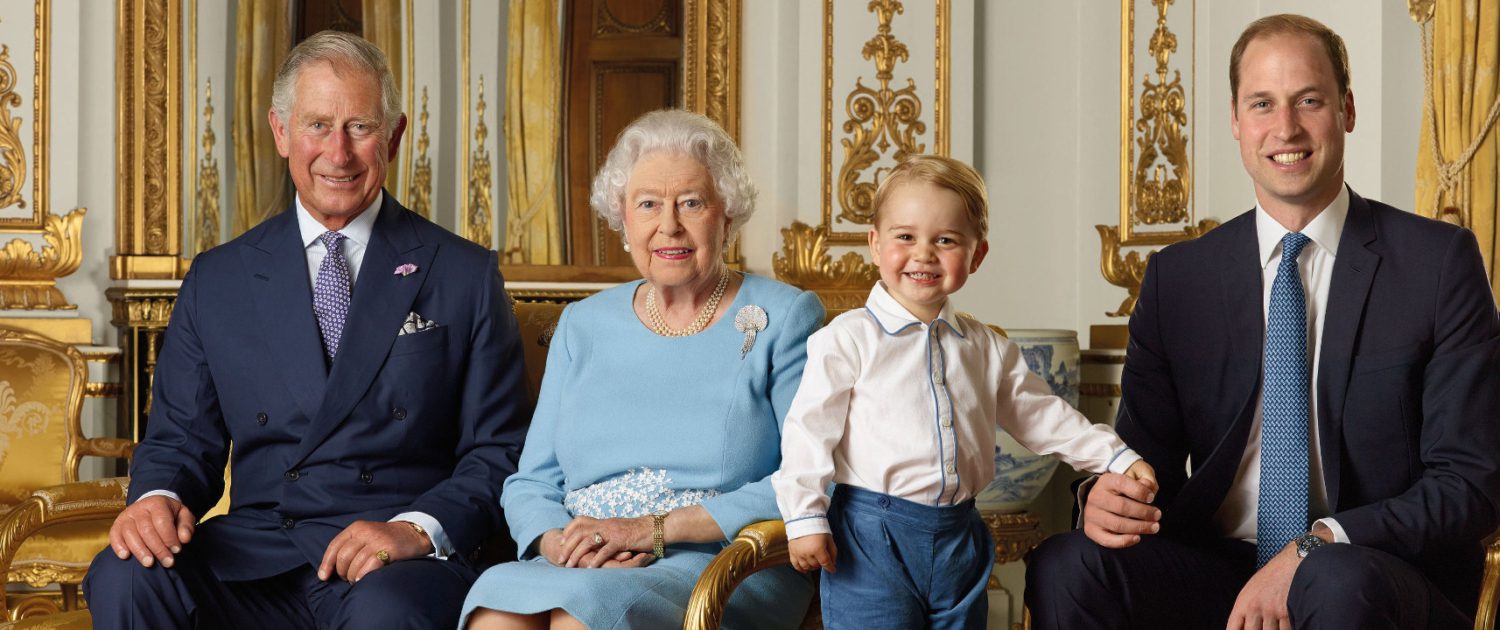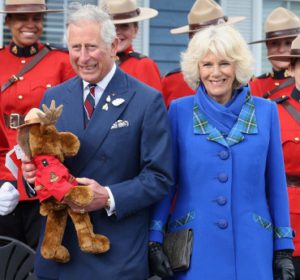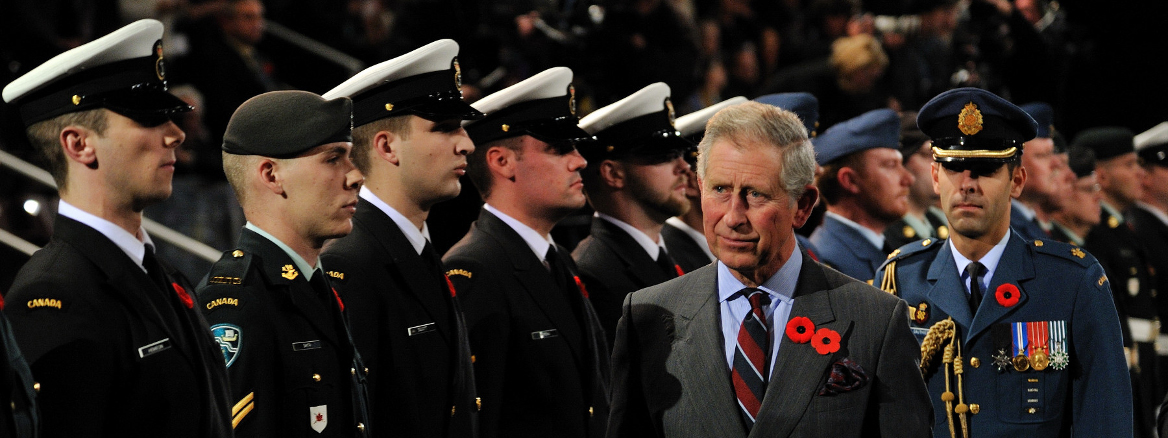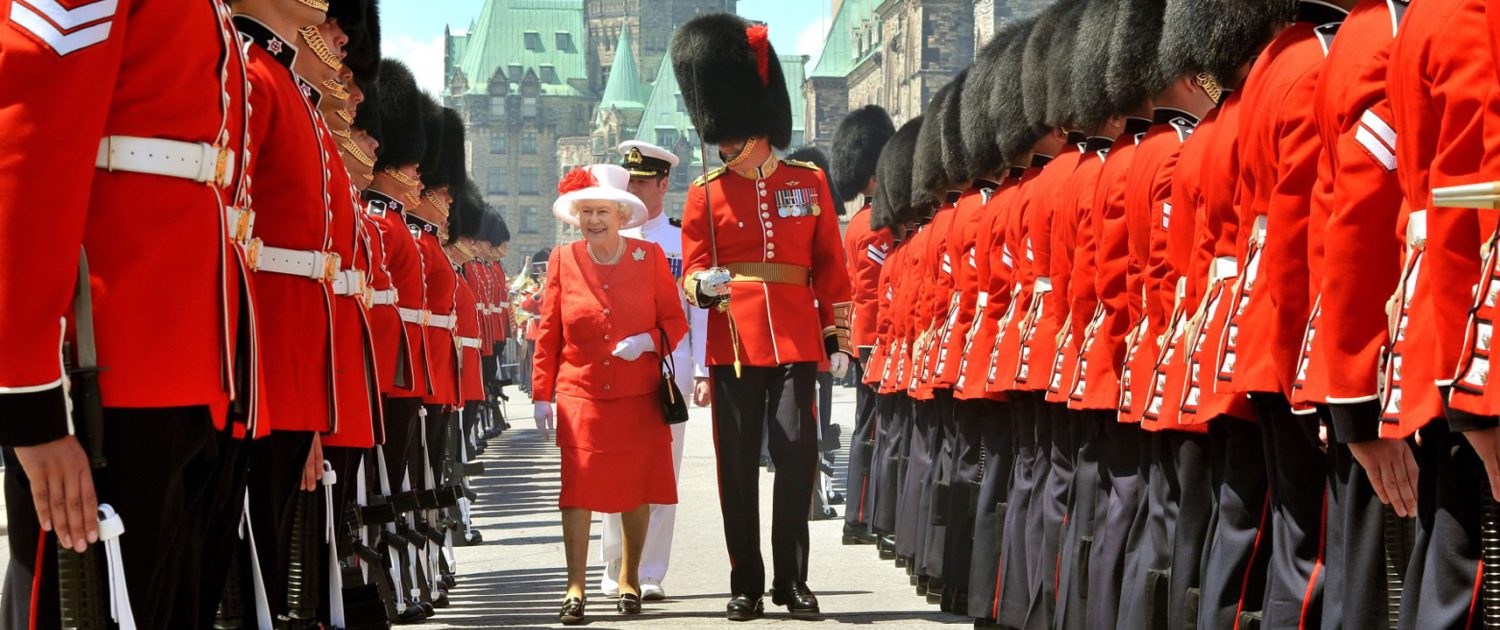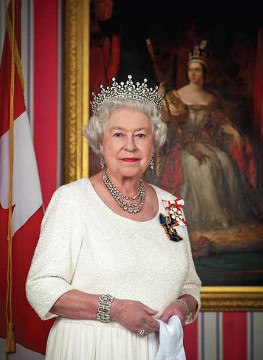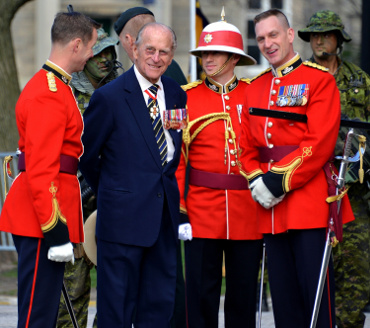King Charles III & Queen Camilla
An Overview of Canadians’ Relationship with our Monarch
The King’s multi-focussed interests, ranging from a concern for the built environment to sustainable farming practices to rainforest preservation, and from humane architecture to his serving as a principal interlocutor between Islam and the West, and – above all – to his work among youth and enterprise through the Prince’s Trust – have for decades found increasing resonance amongst Canadians, with a party of eminent Canadians visiting some of the Trust’s operations in the mid-2000s to see how they might be extended or applicable to Canada. After several false starts, the desire of the Prince and key supporters here to have HRH’s future role as King of Canada strengthened by encouraging a Canadian expression of his many initiatives and concerns, well known in Britain via the Trust, came to fruition with the establishment of Prince’s Charities Canada which was extensively covered in the Spring, 2014 edition of Canadian Monarchist News And the personal presence in Canada while he was Heir Apparent to Canada’s throne has long been a familiar sight.
As a young man, Charles dived under the Arctic ice cap, emerging with an inflated suit to make him somewhat resemble the Michelin Man of the tire manufacturer’s advertising fame! However amusing the photograph, the dive was a deliberate and carefully staged event by the Trudeau government. No better image could have informed the world in 1970 of Canada’s assertion to sovereignty over its northern lands and water passages, a role then being tested by both the United States and the Soviet Union. Themed homecomings, linking the Prince’s interests to Canadian values and concerns, have been part of a strategy whereby Charles has come to know Canada, and Canadians have gained impressions of their future King in person rather than through the often-distorted, if not entirely false, lens of tabloids fed to us over the news wires.
Given that the Royal Family, like any family, has gone through its share of ups and downs, Canadians also have come to know Charles through our sharing in the good and bad times of his life. We hailed his bride, Diana, Princess of Wales, during the couple’s triumphant Maritime tour in 1983, while in 1986 no less adulation accompanied a British Columbia tour culminating in their visiting Expo 86 in Vancouver. A warm welcome also came to them throughout an Ontario tour in 1991. It was on this occasion that Charles and Diana were memorably reunited with their sons, William and Harry, aboard HMY Britannia, which was docked in Toronto Harbour.
In common with a world perhaps too easily forgetful of the deep unhappiness marriage breakdown inevitably brings to our own family and friends, many Canadians eagerly consumed details of subsequent unhappiness in Charles and Diana’s lives, and made judgments based on, at best, incomplete knowledge of all the circumstances involved. This emotional reaction to the very public breakdown of the Prince and Princess’ relationship was rekindled in the genuine grief coupled with unpleasant hysteria that accompanied Diana’s tragic death in 1997.
However, like our counterparts throughout the Commonwealth, as time passed most Canadians gradually came to judge Charles less as a figure in a ghastly soap opera and more as whole man, with many talents along with that lack of perfection which every one of us shares. The burgeoning of support for his various causes, and his evidently close relationship with his sons, led most to wish for him the same happiness so many of us have found in second marriages.
This more sympathetic view was apparent by the time of Charles’ marriage to Camilla Parker-Bowles in 2005 – and in the warm, welcome given the then Prince and Duchess of Cornwall on their first Canadian homecoming as a couple in the fall of 2009, and followed by even more successful tours in 2012, 2014 and 2017. The first also reminded Canadians of Camilla’s direct ancestral links to Canada, through a former Prime Minister of the Province of Canada, Sir Allan MacNab, a son of Hamilton, Ontario (and builder of Dundurn Castle) who was the Duchess’ great-great-great grandfather.
Canadians will feel re-assured of Charles and Camilla’s long acquaintance with our land; his relationships with political figures and knowledge of our country’s polity; his discussions with Aboriginal leaders and concern for all his diverse subjects; his being a leader in fomenting understanding of our environment, the problems of young people and the contribution made by architecture to the quality of life – not to mention Camilla’s promotion of literacy and the love of reading.
Indeed, they are a Royal Couple for our time!
Charles and Camilla during one of their frequent homecomings to Canada
